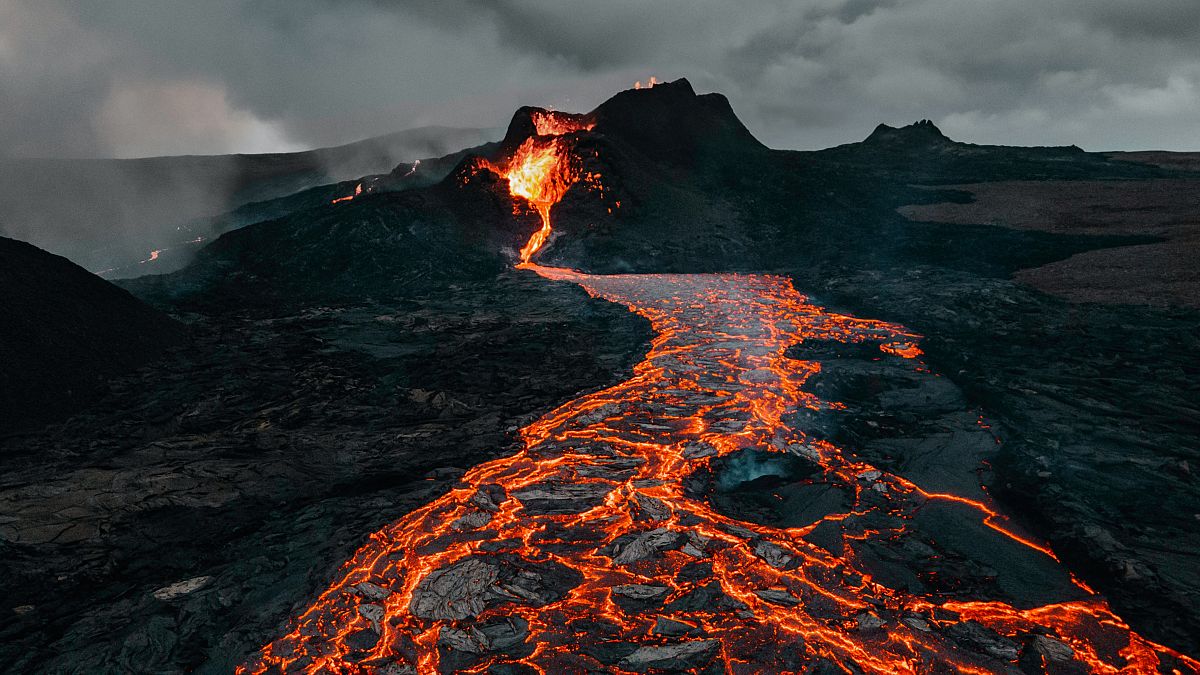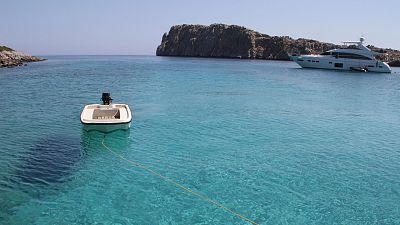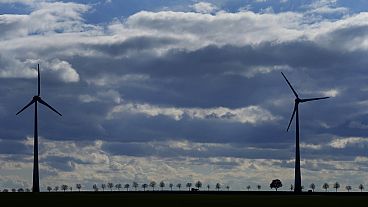The volcano last erupted in 1538 but is now at a greater risk of rupture than ever.
A volcano in Italy which is home to half a million people is edging closer to eruption, according to a new study.
The Campi Flegrei (Phlegraean Fields) supervolcano near Naples is in an “extremely dangerous” state, according to study co-author Stefano Carlino.
The volcano last erupted in 1538 but is now at a greater risk of rupture than ever.
Local authorities have an established evacuation plan and risk levels are reviewed monthly.
Is the Campi Flegrei volcano dangerous?
The area of Naples in Italy may be more famous for the volcano Vesuvius, which wiped out the city of Pompeii in 69 AD, but the Campi Flegrei volcano is a more immediate concern.
It covers a vast area, with a gentle depression some 12 to 14 km in length, and 500,000 people live in its red zone - the area of highest risk as designated by Italy’s Civil Protection Agency. There are a further 800,000 residents in the yellow zone.
Some 30,000 years ago, the volcano is thought to have contributed to the extinction of the Neanderthal man.
In 1538, the volcano erupted over a period of eight days, shooting out enough lava, rocks and clouds of ash to form a new mountain. In the 1980s, there was another surge in activity which resulted in the evacuation of 40,000 nearby inhabitants.
Since then, the supervolcano has been relatively quiet.
Now, however, a study by researchers at University College London (UCL) and the National Institute of Geophysics and Volcanology (INGV) in Italy has found that a reawakening could be imminent.
“We’re not saying there will be an eruption, we are saying that the conditions for an eruption are more favourable,” lead author Christopher Kilburn from UCL told AFP.
One reason is that tens of thousands of minor earthquakes that have occurred since the 1950s have weakened the hollow at the summit of the volcano known as the caldera.
Will the Campi Flegrei volcano erupt?
In the study, published in the journal Nature on Friday, the scientists reported that “parts of the volcano had been stretched nearly to breaking point”.
Since 2019, the number of small tremors has been rising, piling pressure on the volcano’s crust. In April, 600 of these vibrations were recorded.
Surrounding ground level has also risen. The seaside town of Pozzuoli has been raised by almost four metres since the 1950s, according to the report.
Earthquakes and ground uplift are cumulative, so an eruption may not be preceded by any significant increase in activity.
“An eventual eruption could be preceded by relatively weak signals, such as a smaller rate of ground uplift and fewer earthquakes,” according to the study’s authors.
They also stated that a big eruption was unlikely, but a series of small eruptions could take place.
Furthermore, “the magma needs to be pushing up at the right location for the eruption to occur,” Kilburn said.
What happens if the Campi Flegrei volcano erupts?
Should an eruption occur, local authorities have an evacuation plan in place. This stipulates that residents will be moved out of the area using private or public transport within three days.
The risk levels of green, yellow, orange and red are reviewed monthly.
“The alert level in Pozzuoli is currently yellow,” council spokesperson Giordana Mobilio told AFP.
Local residents also receive text alerts when there is a tremor measuring a magnitude of 1.5 or greater on the Richter scale.



